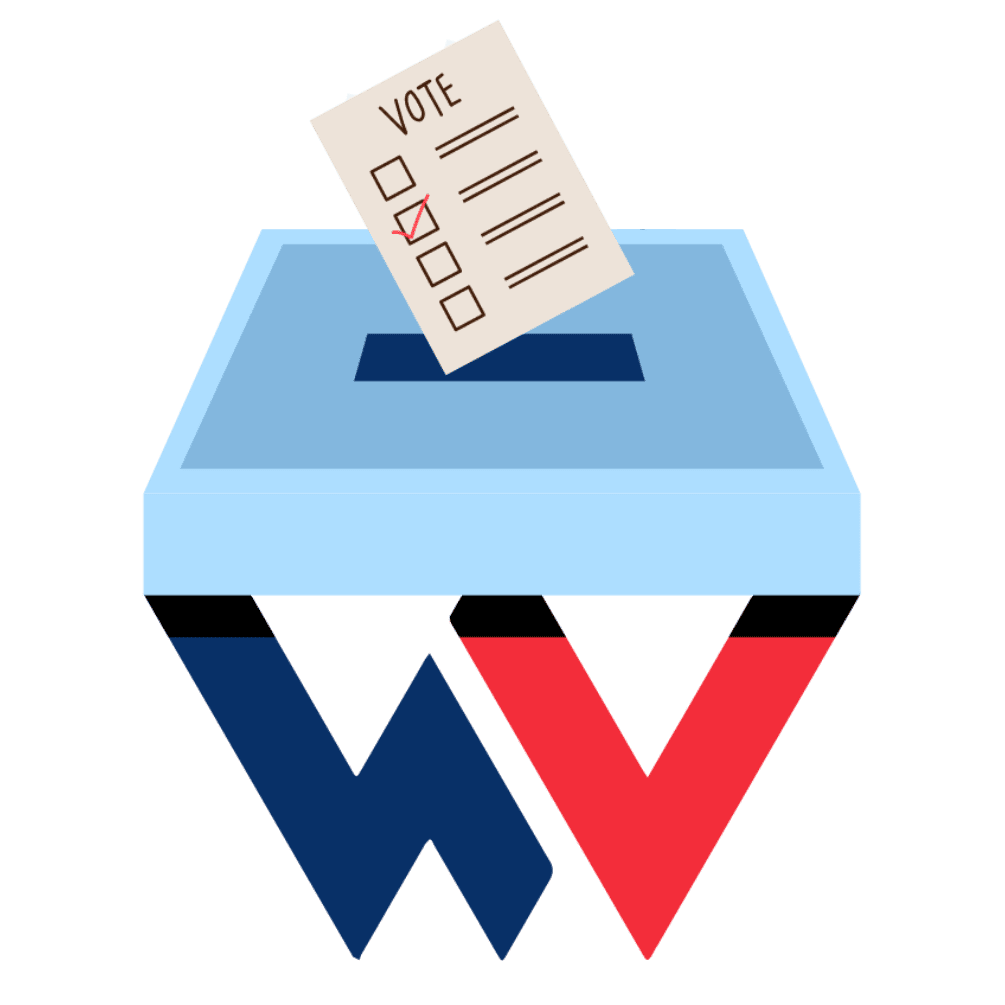What are the primary goals of “Project 2025”?
Overview:
Project 2025 is a policy blueprint aimed at significantly reducing the size of the federal government. Its goals are to tighten fiscal policies, prioritize national security, and stimulate economic growth by minimizing governmental interference in the economy.
The underlying intent is to implement a strictly conservative agenda that emphasizes efficiency and decreased public spending, particularly on social programs that do not benefit or align with the values of what the document considers the ‘ideal’ demographic—predominantly straight, white, able-bodied, child-producing married couples.
Direct Quote from the Text:
“The budget should be balanced by driving down federal spending while maintaining a strong national defense and not raising taxes” (Project 2025, page 734).
Project 2025 aims to drastically reduce government operations that support social welfare, such as healthcare, education, and public assistance programs.
The idea is to streamline government by cutting what the agenda deems non-essential expenditures, thereby supposedly increasing government efficiency and reducing the tax burden on citizens.
Implications for Everyday Citizens:
- Reduction in Public Services:
- The significant cuts proposed in “Project 2025” would likely lead to the dismantling or severe scaling back of services many depend on, such as public health programs, education systems, and welfare benefits.
- This would particularly impact low-income families, disabled individuals, and minorities who rely more heavily on these services.
- The significant cuts proposed in “Project 2025” would likely lead to the dismantling or severe scaling back of services many depend on, such as public health programs, education systems, and welfare benefits.
- Healthcare and Education:
- With fewer funds allocated to public healthcare and education, access to quality medical care and educational opportunities could become more limited, affecting the well-being and future prospects of millions of Americans.
- Economic Divide:
- While the policy aims to foster economic growth, the type of growth envisioned may benefit higher income brackets and big businesses, potentially leading to a wider economic divide. Reduced regulation might favor business expansion but could also lead to greater corporate malpractice and exploitation of workers due to weakened labor protections.
Social and Economic Exclusion:
- Marginalization of Minorities and Non-traditional Families:
- By tailoring policies to benefit a specific demographic, “Project 2025” risks further marginalizing groups that do not fit this mold, potentially leading to increased social and economic disparity.
- Labor and Employment Concerns:
- With an emphasis on reducing government size, public sector jobs could be heavily cut, leading to increased unemployment and reduced job security. For the private sector, less regulatory oversight might mean fewer protections for workers, risking lower wages, poorer working conditions, and less recourse against unfair labor practices.
Project 2025 represents a profound shift in governmental philosophy and policy direction that could reshape American society in fundamental ways.
By understanding the full scope and potential impacts of these policies, voters and citizens can better prepare and respond to the changes that may come, ensuring that their voices are heard in shaping a future that is equitable and inclusive for all.
